What are the types of circuit breakers?
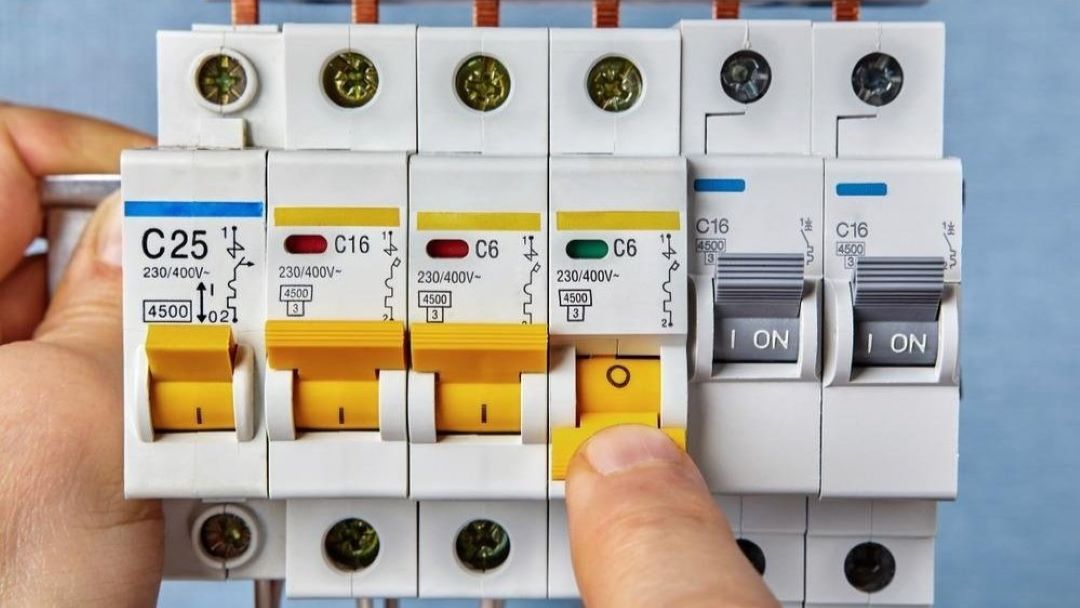
The types of circuit breakers include various models such as including single-pole and double-pole breakers, GFCI circuit breakers and AFCI circuit breakers. Circuit breakers are designed to ensure electrical safety and efficiency.
In Singapore, understanding the different functionalities of these circuit breakers is essential for managing and protecting electrical systems in residential, commercial, and industrial settings. This article underscores the importance of selecting the right type of circuit breaker based on the specific requirements of an electrical circuit.
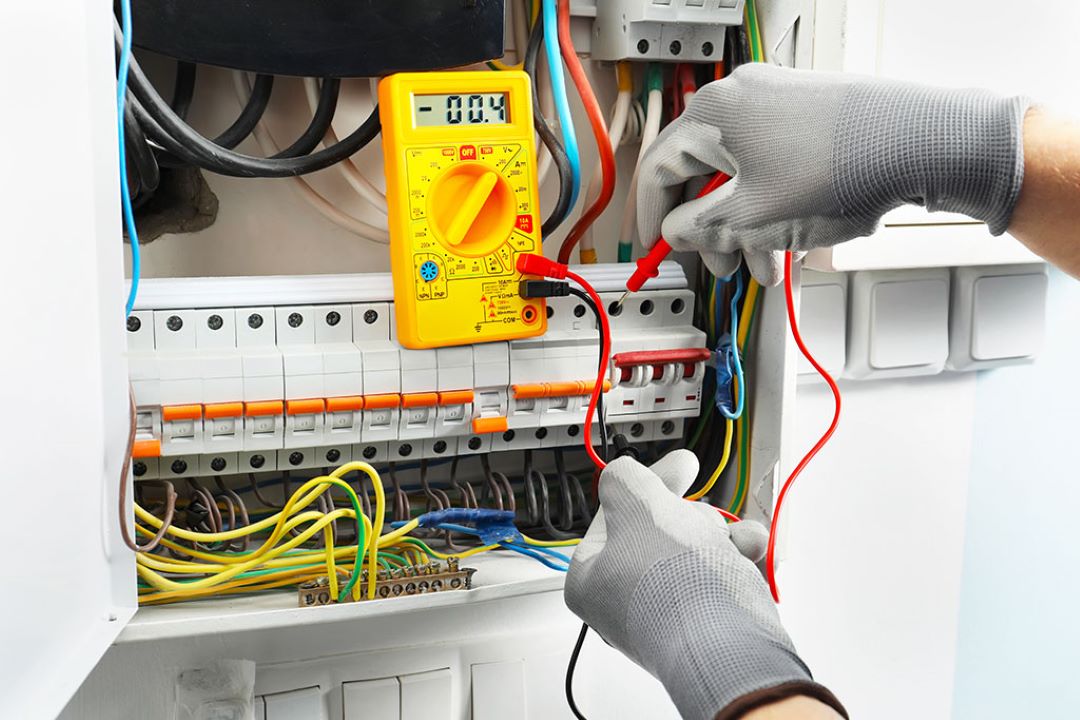
What type of circuit breaker is used in houses?
In houses, the type of circuit breaker used are primarily the Miniature Circuit Breaker (MCB) and the Residual Current Circuit Breaker (RCCB). Together, MCB and RCCB circuit breakers form the backbone of household electrical safety, safeguarding lives and property against electrical faults in Singapore.
MCBs are used to protect electrical circuits from overload and short circuits. They are preferred for their ease of operation, allowing a circuit to be effortlessly switched back on after a fault is cleared.
RCCBs, on the other hand, provide crucial safety by preventing electrical shock and fire hazards caused by current leakage. These RCCBs are particularly vital in residential settings, ensuring the safety of inhabitants by detecting and isolating leaks in the current.
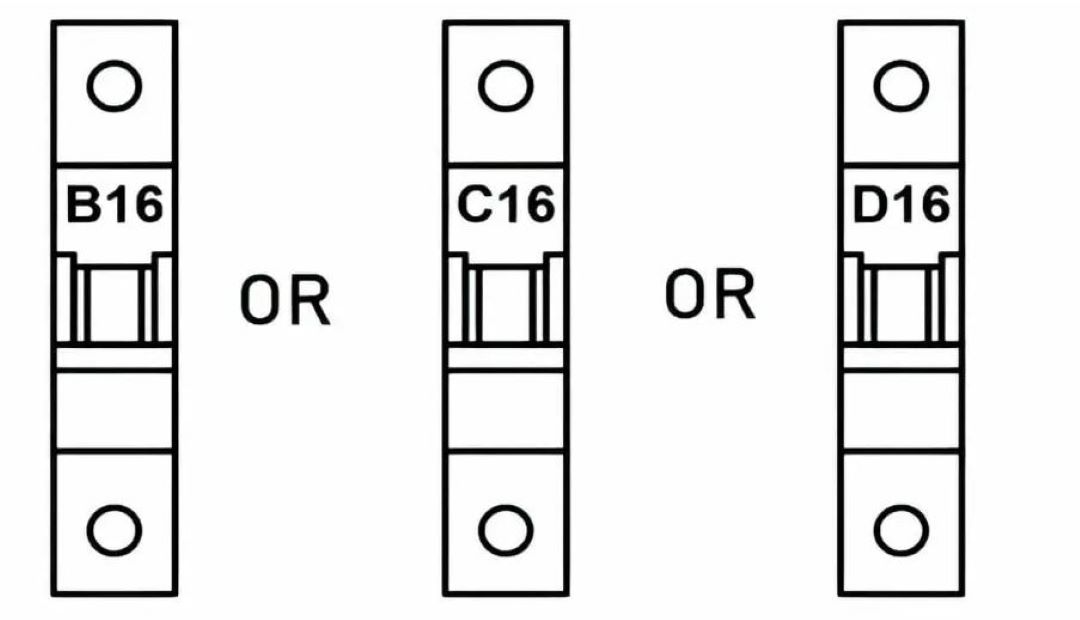
How to identify circuit breaker type?
To identify circuit breaker type, it's essential to understand the categories they come in, namely Types A, B, C, and D. These types differ primarily in their instantaneous tripping current profiles, which are designed to match the sensitivity required in various applications.
The instantaneous tripping current, which is a critical specification, indicates the current level at which the breaker will immediately trip to prevent damage. Understanding these tags and ratings is crucial for people responsible for installing or maintaining electrical circuits, ensuring that they select the right fuse or breaker for the application at hand.
For example, Type A breakers are sensitive to very quick surges of electrical overload, making them suitable for highly sensitive environments where even a slight variation in electricity flow could cause damage.
On the other hand, Type B breakers, often found in residential homes, are designed to trip when the current is 3 to 5 times the rated current, offering a balanced protection for everyday devices such as lights and outlets.
Type C breakers are used in commercial and industrial settings where sudden startup currents, like those from motors or compressors, are common; they trip when the current is 5 to 10 times the rated amount.
Lastly, Type D breakers are designed for very high current surges, typically 10 to 20 times the rated current, making them ideal for circuits with very high inductive loads where current spikes are expected.

In terms of standard current ratings, circuit breakers, including MCB (Miniature Circuit Breaker), are tagged with their capacity, which might range from as low as 6 Amps (A) in some residential scenarios to hundreds of amperes (Amps) for industrial systems.
This knowledge prevents the common mistake of using a device that's too sensitive (tripping too easily) or not sensitive enough (not providing adequate protection), effectively averting potential hazards and promoting electrical safety.
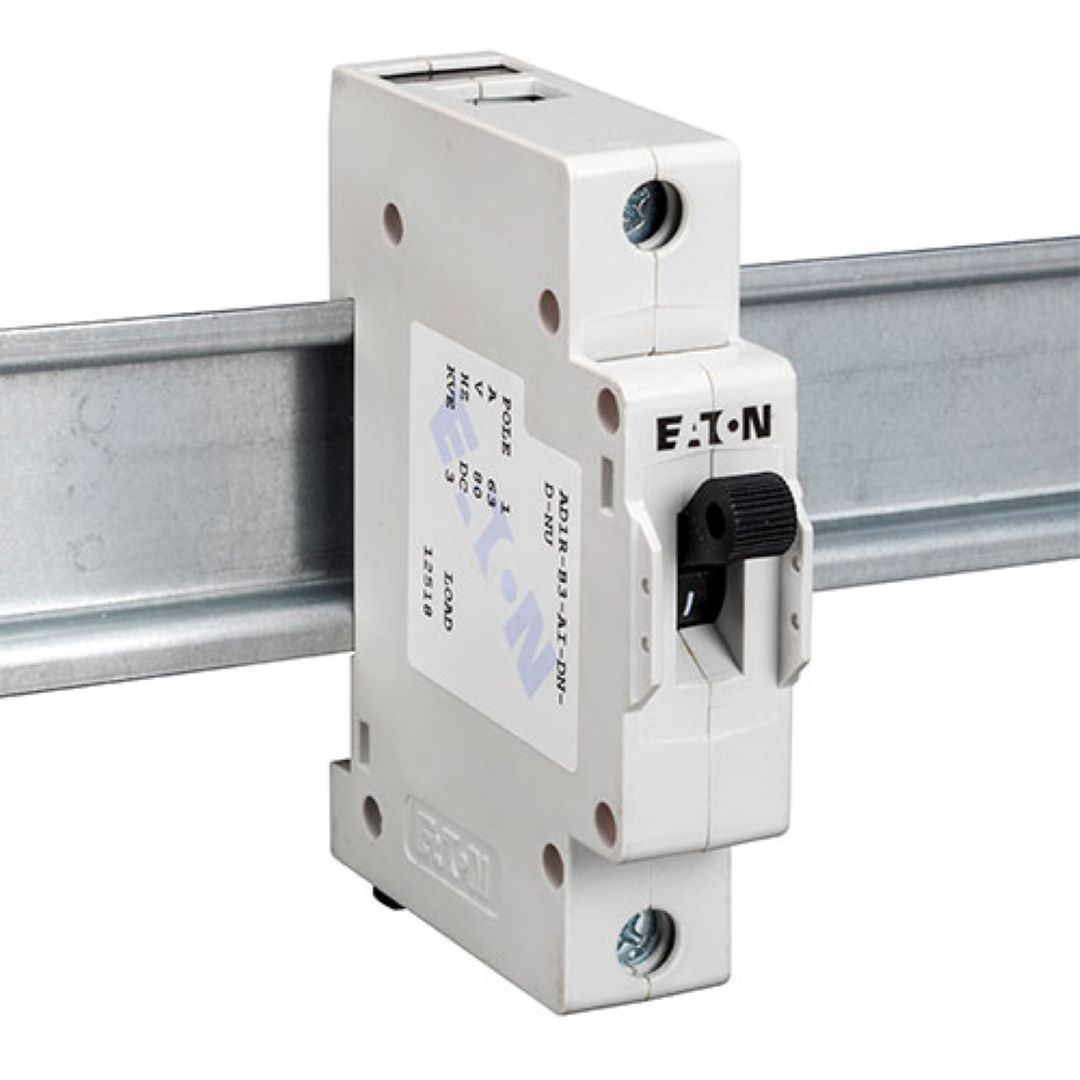
What are the types of circuit breaker mounting?
The types of circuit breaker mounting include snap-in mount, screw mount, DIN rail mount, and bushing mount. Each mounting type provides a unique method of integrating breakers into an electrical system.
For example, snap-in mounts allow for quick installation and removal of the device without the need for tools, making it a popular choice for people looking to easily manage their electrical setup.
Screw mounts, on the other hand, offer a more secure attachment, ideal for environments where the device might be subjected to movement or vibration.
DIN rail mounts are widely used in industrial settings due to their adaptability and ease of organizing multiple breakers or fuses on one standard rail.
Lastly, bushing mount circuit breakers are commonly employed when a direct, sturdy connection to the busbar is necessary, effectively preventing overload and protecting against electrical waves.
These mounting options have significantly started to replace traditional fuse systems, offering enhanced safety and convenience in managing electricity flow.
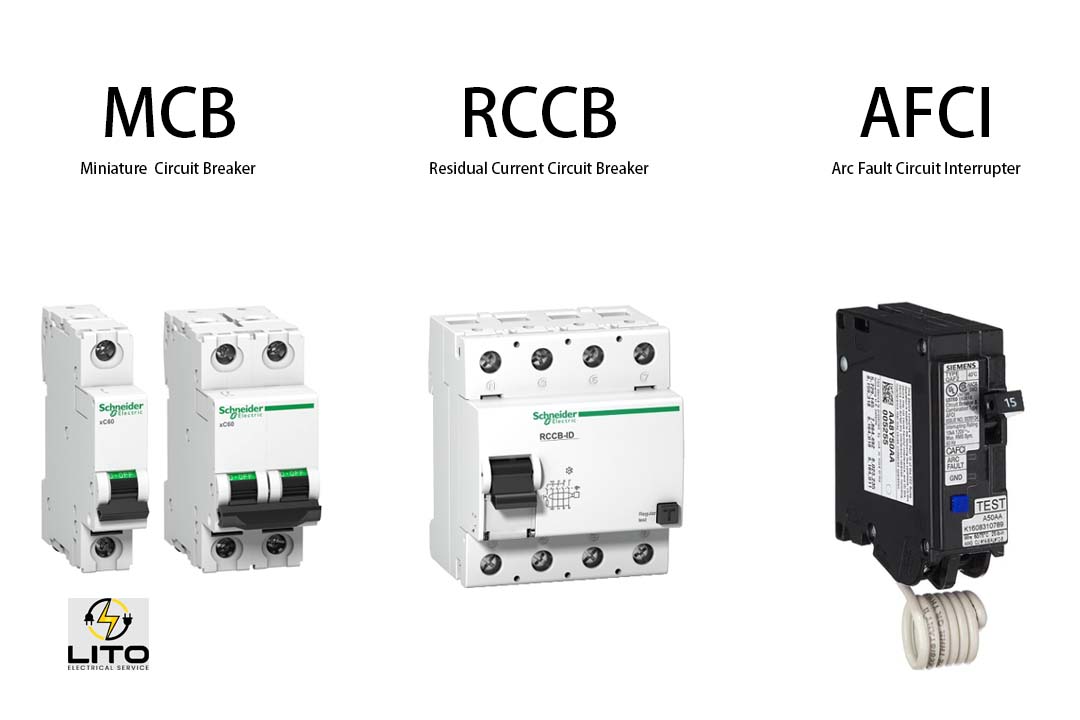
What are the 3 types of breakers in an electrical panel?
In Singapore, the 3 types of breakers in an electrical panel are the standard Miniature Circuit Breaker (MCB), Ground Fault Circuit Interrupter/ Residual Current Circuit Breaker (GFCI/RCCB), and Arc Fault Circuit Interrupter (AFCI).
Starting with the miniature circuit breakers (MCB), it's available in single and double pole variants, serving the basic function of protecting equipment from overload and short circuits by automatically switching off electrical flow when irregularities are detected. This type has simplified applications in both residential and commercial settings, making it a fundamental component in modern electrical safety.
The RCCB, known as GFCI in the United States and Canada, specifically addresses the risk of electric shock, rapidly disconnecting and isolating the power when it senses a ground fault, a crucial safety feature in wet environments. In Singapore, the Energy Market Authority (EMA) specified all residential premises are required to be installed with a Residual Current Circuit Breaker (RCCB) from 1 July 2023. For flats with no RCCB installed, homeowners will be given a grace period of 2 years to install an RCCB by 1 July 2025.
Lastly, the AFCI breaker, the newest among the three, is designed to prevent electrical fires by detecting hazardous arc faults in wiring and appliances, and disconnecting the damaged circuit.
This classification of breaker types into MCB, RCCB, and AFCI has achieved not just improved safety but also tailored protection for different electrical scenarios, transforming the classification of circuit breakers into a more functional thing and application-driven system.
Symbols, electrical schematics and tags are often used on these devices to easily identify their type and function, ensuring that they are connected correctly and complement existing safety devices like fuses, ensuring comprehensive protection of electrical circuits against a variety of fault conditions.
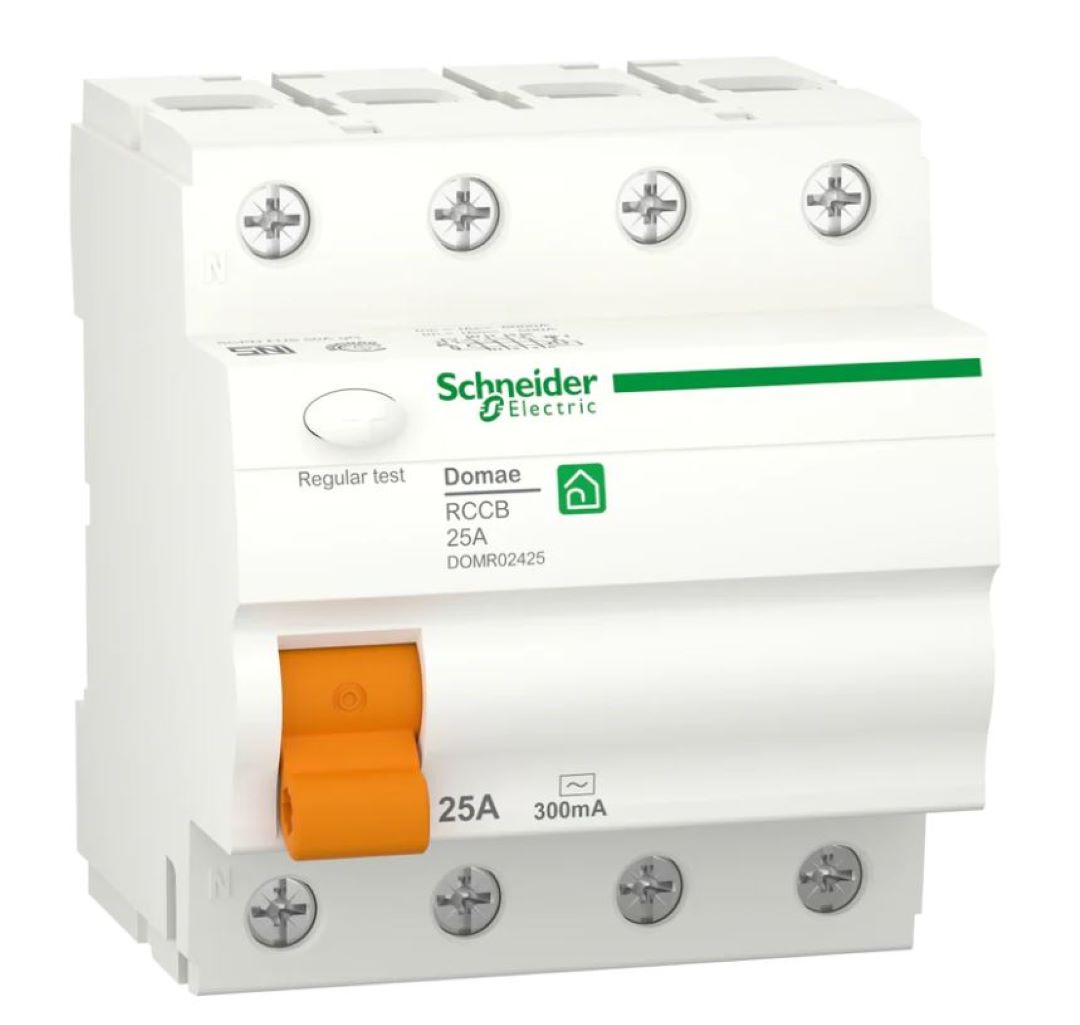
What is the difference between RCCB and ELCB?
The difference between RCCB and ELCB lies in their function, application and purpose. RCCB, or Residual Current Circuit Breaker, safeguards against electric shock by detecting current imbalances and cutting off power. ELCB, known as Earth Leakage Circuit Breaker, identifies earth faults by measuring resistance. Both play crucial roles in electrical safety.
Both circuit breaker types serve important roles in household and industrial electrical safety but operate based on different principles of detecting current imbalances.
What are the 3 type classifications of circuit breakers?
The 3 type classifications of circuit breakers are the Standard Circuit Breakers (Single-Pole and Double-Pole circuit breakers), Ground Fault Interrupter Breakers/ Residual Current Circuit Breaker (GFCI/RCCB) and Arc Fault Interrupter Breakers (AFCI).
Each of these types serves specific applications and plays an important role in the protection of electrical circuits and equipment.
Standard circuit breakers are designed to protect electrical circuits from overload and short circuits, serving as a critical device in preventing damage to wiring and preventing electrical fires.
Ground Fault Interrupter Breakers, also known as RCCB, add an additional layer of safety by detecting and cutting off power in the event of ground faults.
Meanwhile, Arc Fault Interrupter Breakers are instrumental in preventing fires by detecting arc faults, a potentially dangerous thing in home and industrial environments.
Throughout these systems, the use of symbols, tags, and electrical schematics ensures each breaker is easily identifiable and correctly connected.
These circuit breakers are found inside your home's electrical distribution box. What is a distribution box (DB box) and how does a power distribution box (DB box) works?
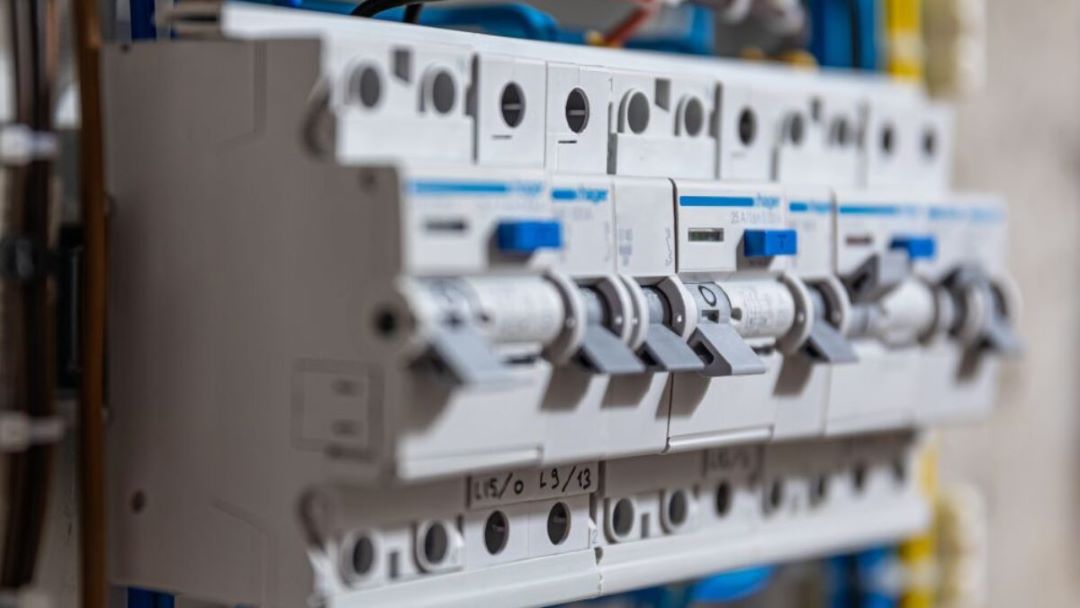
What are type B, type C, and type D circuit breakers?
The type B, type C, and type D circuit breakers are breakers which have different trip characteristics and they define how quickly the breaker will trip when an overcurrent occurs.
Type B circuit breakers are primarily used in residential and light commercial applications. They are designed to trip at fault currents of 3-5 times the rated current, making them suitable for protecting sensitive devices and equipment.
Type C circuit breakers, on the other hand, are suited for areas where electrical devices, such as motors, can cause higher current surges without posing immediate danger. Thus, they trip at fault currents of 5 to 10 times the rated amount, making them ideal for more industrial environments.
Lastly, Type D circuit breakers are engineered for high inrush currents, often associated with high-power equipment. They have extreme trip thresholds, tripping at currents of 10 to 20 times the rated current.
This feature makes them perfect for specialized applications involving heavy machinery and large electrical devices based on powerful waves of electricity.
Throughout their application, these breakers, accompanied by tags and schematic symbols, ensure that power trips can be properly managed, mitigating potential short circuits and other electrical hazards.
Through the tags and content provided, readers are guided on making informed choices concerning their electrical safety needs and how circuit breakers work.

What is a type 4 circuit breaker?
A type 4 circuit breaker is a type of circuit breaker which is used for providing protection in low-voltage electrical systems, particularly within the framework of Singapore's Wiring Regulations (SS 638). This standard is closely aligned with the IEC 60947-2 standard for low-voltage circuit breakers, ensuring compatibility and compliance with international norms.
Type 4 circuit breakers are essential in safeguarding electrical installations against faults such as overloads and short circuits, which could lead to potential hazards.
They offer reliable performance and precise tripping characteristics, crucial for maintaining the integrity of electrical networks in both residential and industrial environments.
Through their robust design and adherence to stringent regulations, type 4 circuit breakers contribute significantly to the overall safety and efficiency of electrical systems.
What is MCB, MCCB, and RCCB?
A MCB, MCCB, and RCCB is an abbreviation for Miniature Circuit Breaker, Molded Case Circuit Breaker, and Residual Current Circuit Breaker respectively, each serving distinct applications within electrical systems.
MCBs are predominantly used for low current circuits and protect against overloads and short circuits, making them ideal for lighting and residential electrical systems. Their compact size and precise tripping mechanisms contribute to their widespread usage in situations where space is limited and precision is a priority.
On the other hand, MCCBs are designed for higher current applications, providing flexible configuration options and adjustable trip settings. This makes them suitable for industrial environments where high power handling and robust protection are needed.
Meanwhile, RCCBs play a critical role in safeguarding against earth faults by detecting and interrupting leakage currents. They are essential in both residential and commercial applications to prevent electrical shocks and fires, ensuring personnel and equipment safety.
The differentiation in these circuit breakers' applications highlights their tailored designs for specific electrical protection needs, ensuring optimal performance in various scenarios.